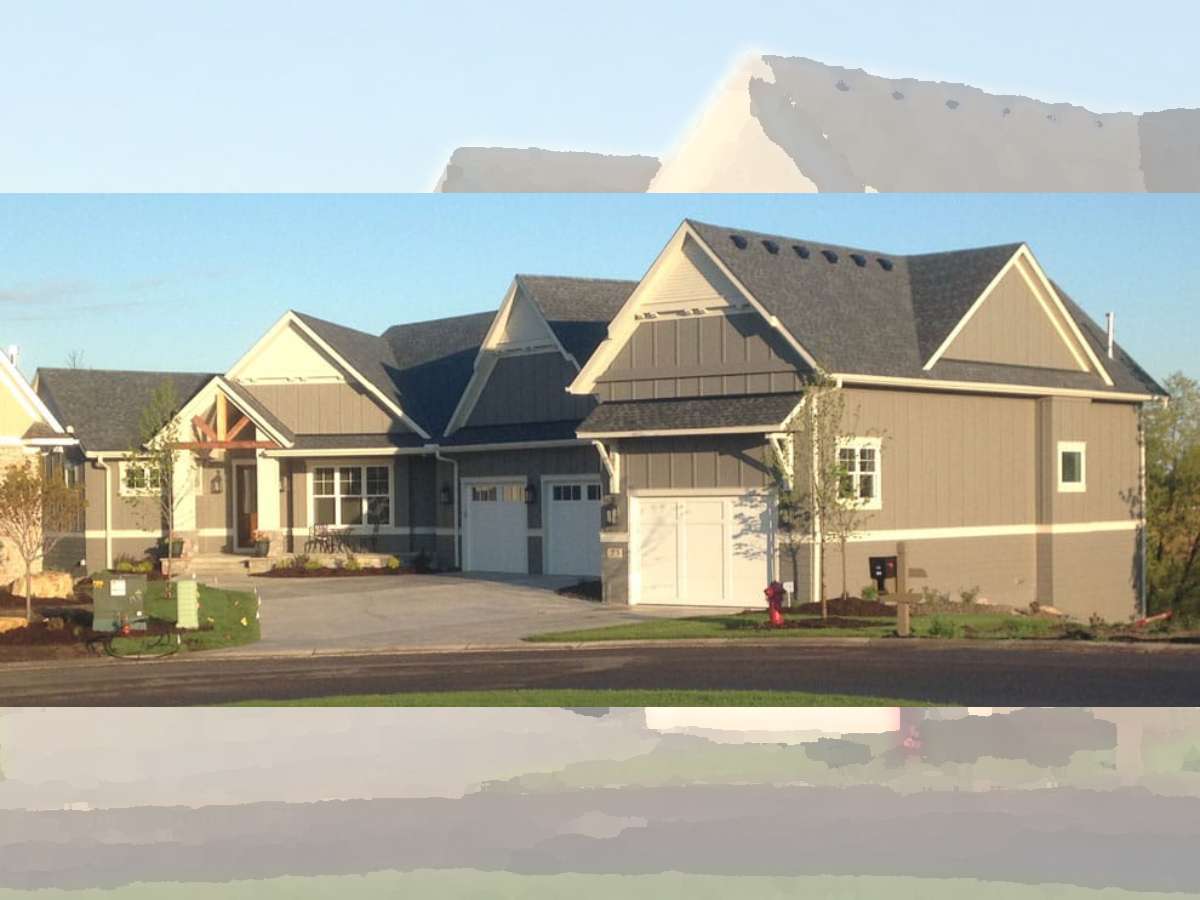Radiant barrier roof sheathing is a great product that will reduce your power bill.
There are just a few manufacturers that make this unusual type of roof sheathing that has a shiny, perforated aluminum foil/craft paper laminated to one side of it.
For simplicity’s sake, I’m focusing my attention on Georgia-Pacific’s Thermostat radiant barrier product, not to mention that all Georgia-Pacific wood product samples are available to me.
I happen to manage the facility that sends out all of the samples and marketing collateral to sales representatives and their customers. That makes it kind of handy for me to get my hands on “sample size” pieces that you can easily hold in your hand.
I’ve got a sample unit of Georgia Pacific’s Thermostat 7/16″ OSB product and it’s pretty cool. The specially designed aluminum foil/craft paper that is laminated on one side of the OSB has tiny perforations every ¼” to allow the product to “breathe”. This deters mold growth.
Types Of Thermostat Radiant Barrier Sheathing
Thermostat radiant barrier sheathing is available with 2 different substrates:
- OSB (oriented strand board) / Blue Ribbon OSB – The procurement of all Blue Ribbon OSB is certified by the Sustainable Forestry Initiative. The OSB variety is available in 7/16″ or 19/32″ thick 4’x8′ sheets.
- Plywhttps://www.sfiprogram.org/green_building/index.phpood– Georgia Pacific has chosen to laminate the foil/craft paper to their Plytanium brand of plywood. The Plywood panels can be purchased in either 15/32″ or 19/32″ 4’x8′ sheets.
Both products come with a Limited Lifetime Warranty. Read it carefully, although it is pretty standard stuff.
Installing Radiant Barrier Roof Sheathing
It probably goes without saying but I’ll mention this anyway…
Radiant barrier sheathing is installed on your house during the construction phase with the foil side facing down towards the living space (your attic).
Check out these Thermostat Radiant Barrier Installation Instructions.
You can also install radiant barrier sheathing on gables and exterior walls to reduce heat gain through these areas. It is especially effective on your southern exposure walls and gables due to longer exposure to the sun.
If you are installing it within a brick wall and/or in a siding application, you should install it with the foil facing out towards the exterior.
They stress that Thermostat is not a substitute for house wrap and that it does not work as a vapor barrier.
7 Reasons To Install Radiant Barrier Sheathing
Radiant barrier sheathing offers several benefits:
- It is qualified under the EPA Seal and Insulate with ENERGY STAR program
- It can help decrease your home’s annual cooling cost if you live in the southern portions of the U.S.
- Thermostat radiant barrier roof sheathing can help you earn LEED points under the NAHB Green Building Standard.
- Radiant barrier sheathing can lower your home’s energy consumption by up to 17%. This depends on the R-values of insulation installed, design of the building and other factors. These are findings based upon studies by Florida Solar Energy Center, Tennessee Valley Authority, Oak Ridge National Laboratory, Nevada Power Company and Texas A&M University
- In the heat of the summer, radiant barrier sheathing will keep the maximum attic temperature up to 30% cooler than attics with standard sheathing.
- Thermostat reflects up to 97% of the sun’s radiant heat and that keeps it from being absorbed into the attic. Thus, less heat is transferred into living areas through the ceiling. This will enable your cooling system to operate more efficiently.
- Thermostat radiant barrier plywood can reduce heat flow through your ceiling up to 50%.
This seems like such a simple solution to reduce energy consumption.
I find it curious that I have never seen radiant barrier sheathing installed on any house that I’ve ever toured during the construction phase — and that’s a few hundred houses at the very least, if not a few thousand. I’ve never kept count.
Keep in mind that radiant barrier sheathing is ideally suited for hotter climates due to the inherent properties of the product.
Overall, it’s a great product that is installed just like regular roof sheathing.




